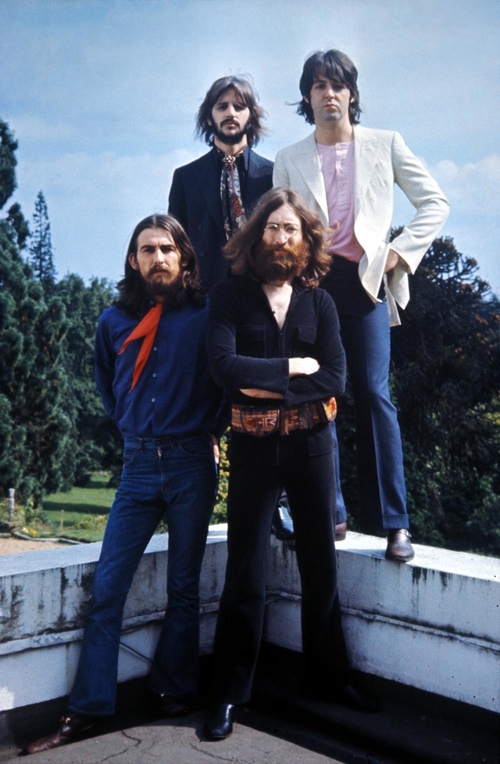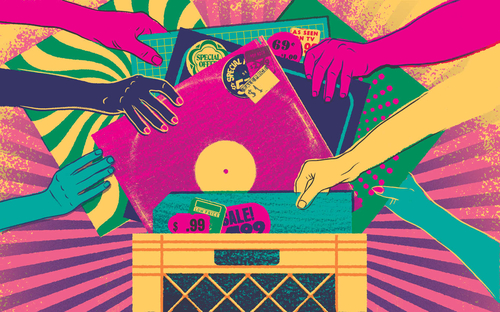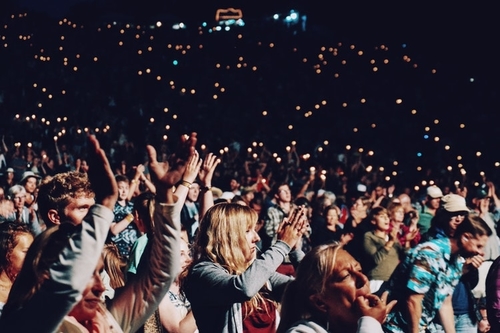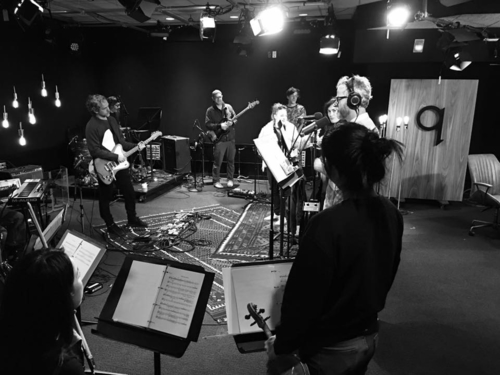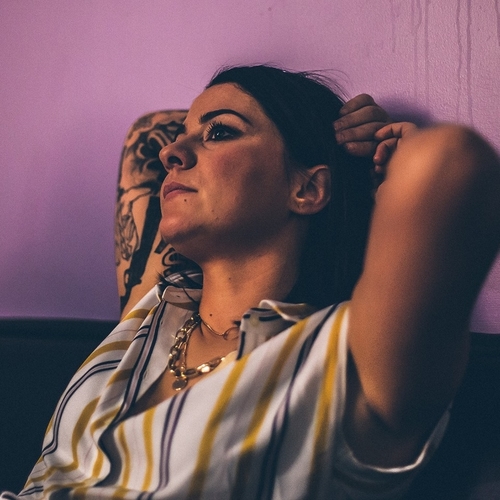FEATURE:
Sisters in Arms
IN THIS PHOTO: Lola Kirke/PHOTO CREDIT: Lili Peper
An All-Female, Spring-Ready Playlist (Vol. XI)
__________
WITH the weekend here...
IN THIS PHOTO: Jamila Woods
it is about time to get another female-led playlist up and running! It is another great and colourful rundown that combines female artists from all around the musical landscape. Have a listen to the tracks compiled and I am sure there are a lot of artists in there that are new. It is always awesome discovering fresh talent and something you were not expecting! I am not sure when the weather is going to improve but let’s hope there is something in the way of sunshine a bit later in the weekend! In any case, slap some music on and enjoy the latest instalment of spring-ready songs from some new and promising female artists. It is a promising and eclectic time for music and, I hope, that is reflected here. Sit back and let the songs…
IN THIS PHOTO: LAUREL
DO their work.
ALL PHOTOS (unless credited otherwise): Getty Images/Artists
____________
Tertia May – Twenty Two
PHOTO CREDIT: Morten Rygaard
Kill J – Moon Sick
Lola Kirke – Omens
PHOTO CREDIT: Heather Hazzan for Suited
Kelly Lee Owens – Omen
Abi F Jones – Killswitch Engage
Summer Camp – Love of My Life
Jamila Woods – MUDDY
Dinah Jane – Retrograde
PHOTO CREDIT: @chrisdnm
Shunaji – Not Lookin’
Ingrid Michaelson – Missing You
Charly Bliss – Under You
Loveday – Thought It Through
CXLOE – Low Blow
girl in red – dead girl in the pool.
Gia Woods – One Big Party
LAUREL – Life Worth Living
Hannah Grace – Almost
The Motion – Sleep Talk
PHOTO CREDIT: @emi.jjasmin
Olympia – Hounds
Amy Baker – A Fine Romance
Lola Coca – Damaged Goods
PHOTO CREDIT: @bridielouphotography



























































































